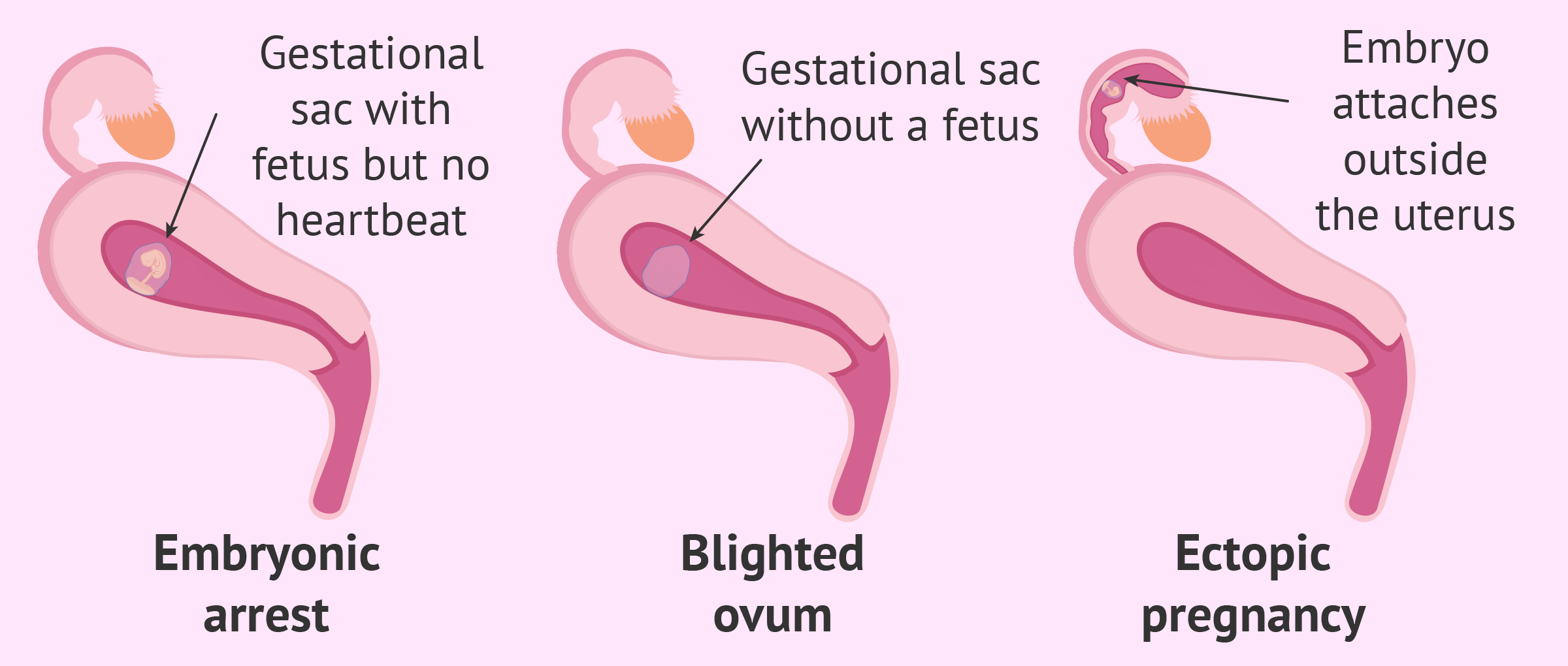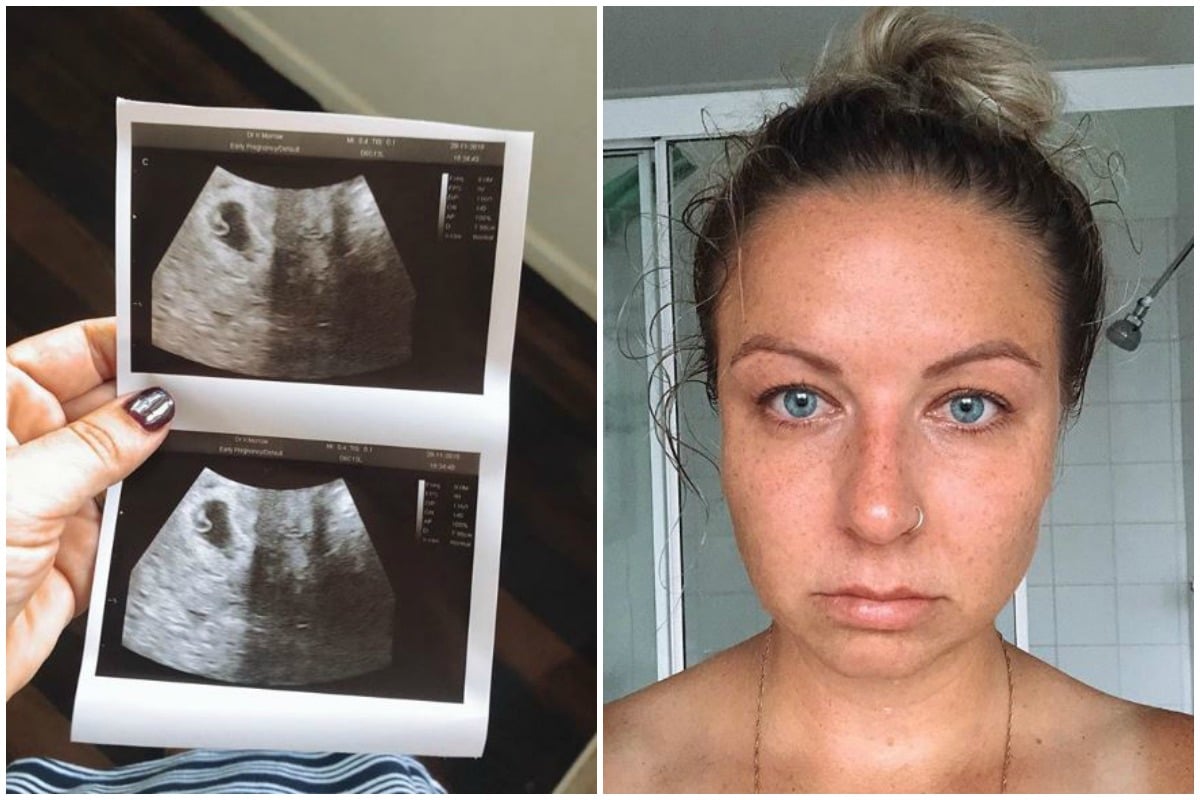Understanding Photos Of Miscarriage Tissue: A Compassionate Guide
Let me just say this upfront—miscarriage is one of the most emotionally and physically challenging experiences anyone can go through. And if you're here, chances are you're either trying to understand what happens during a miscarriage or supporting someone who has gone through it. Photos of miscarriage tissue might not be an easy topic to talk about, but it’s important for those who need clarity or are seeking answers. You’re not alone, and we’re here to provide information that’s both sensitive and factual.
This isn’t just about medical facts; it’s about empathy and understanding. Whether you’re a partner, friend, family member, or even someone who has experienced a miscarriage themselves, knowing what to expect can make a world of difference. So, grab a cup of tea, take a deep breath, and let’s dive into this topic with care and respect.
Before we get too far, let me remind you that this article is designed to be informative and supportive. It’s not meant to scare anyone or create unnecessary anxiety. If at any point you feel overwhelmed, please pause and take care of yourself. Your well-being matters more than anything else.
Read also:Gulfstream Picks Ai Revolutionizing The Future Of Aviation
What Are Photos of Miscarriage Tissue?
Alright, let’s start with the basics. When we talk about photos of miscarriage tissue, we’re referring to images that show the remnants of pregnancy after a miscarriage. These can include fetal tissue, placental fragments, or other materials that were part of the pregnancy. While these photos can be graphic, they serve an important purpose in helping people understand what happens during a miscarriage.
For some, seeing these images can help validate their experience and provide closure. For others, they may serve as a learning tool for healthcare professionals or individuals who want to better understand the process. However, it’s crucial to approach this topic with sensitivity and awareness of its emotional impact.
Why Do People Look for These Images?
People look for miscarriage tissue photos for various reasons. Some are medical professionals trying to educate themselves, while others are individuals who have experienced a miscarriage and want to know what happened. Here’s a quick breakdown:
- Medical education: Doctors and nurses often use these images to learn about the physical aspects of miscarriage.
- Emotional validation: Individuals who have had a miscarriage might search for these images to confirm what they experienced.
- Curiosity: People unfamiliar with the topic may seek out information to better understand the process.
Regardless of the reason, it’s important to approach these images with respect and caution. They’re not for everyone, and that’s okay.
Types of Miscarriages and Their Impact
Not all miscarriages are the same, and the type of tissue involved can vary depending on when the miscarriage occurs. Early miscarriages, for example, may involve different types of tissue compared to later ones. Let’s break it down:
Early Miscarriage (First Trimester)
In the first trimester, miscarriages typically involve the loss of the embryo, amniotic sac, and placental tissue. The size and appearance of these tissues depend on how far along the pregnancy was. Early miscarriages often result in smaller tissue samples that can sometimes resemble blood clots.
Read also:Brigitte Bardots Son Today Unveiling The Life Of A Legends Offspring
Late Miscarriage (Second Trimester)
By the second trimester, the fetus has developed more distinct features, and the tissue involved can include recognizable parts like hands, feet, or facial features. This stage can be particularly difficult emotionally, as the pregnancy has progressed further.
Understanding the differences between these types of miscarriages can help explain why the appearance of tissue varies from case to case.
Emotional and Psychological Impact
Let’s be real—miscarriage isn’t just a physical experience; it’s a deeply emotional one too. Looking at photos of miscarriage tissue can evoke strong feelings, whether it’s grief, shock, or curiosity. It’s essential to acknowledge these emotions and seek support if needed.
Some people find comfort in talking to friends or family, while others prefer professional counseling. There’s no right or wrong way to process this experience—what matters is finding what works best for you.
How to Support Someone Going Through This
If you know someone who has experienced a miscarriage, here’s how you can help:
- Listen without judgment. Sometimes, just being there is enough.
- Offer practical support, like cooking meals or running errands.
- Avoid clichés. Phrases like “It was meant to be” might not be helpful in the moment.
Your presence and understanding can make a huge difference in someone’s healing journey.
The Role of Healthcare Providers
Healthcare providers play a critical role in guiding individuals through the aftermath of a miscarriage. They can explain what to expect, answer questions about miscarriage tissue, and offer resources for emotional support. If you’re unsure where to start, reaching out to your doctor is always a good idea.
In some cases, doctors may recommend procedures like dilation and curettage (D&C) to remove remaining tissue from the uterus. This is a common practice that helps prevent complications and promotes healing.
Questions to Ask Your Doctor
Here are some questions you might consider asking:
- What does miscarriage tissue look like?
- Will I need any medical intervention?
- How can I take care of myself physically and emotionally?
These conversations can empower you with knowledge and reduce uncertainty during a difficult time.
When to Seek Help
While many people recover from miscarriage on their own, some may need additional support. Signs that it’s time to seek help include:
- Persistent feelings of sadness or hopelessness
- Difficulty functioning in daily life
- Thoughts of self-harm or harm to others
If you or someone you know is experiencing these symptoms, don’t hesitate to reach out to a mental health professional. There’s no shame in asking for help.
Common Misconceptions About Miscarriage
There are plenty of myths surrounding miscarriage, and it’s important to separate fact from fiction. Here are a few common misconceptions:
- Miscarriages are rare. Actually, they’re quite common, occurring in about 10-20% of known pregnancies.
- It’s always the woman’s fault. This couldn’t be further from the truth. Most miscarriages are caused by chromosomal abnormalities beyond anyone’s control.
- You should “just move on.” Healing takes time, and everyone processes grief differently.
By dispelling these myths, we can foster a more supportive and informed community.
Where to Find Reliable Resources
If you’re looking for more information on photos of miscarriage tissue or related topics, here are some trusted sources:
These organizations provide evidence-based information that can help you navigate this complex topic.
Personal Stories and Testimonials
One of the most powerful ways to understand miscarriage is through personal stories. Hearing from others who have been through similar experiences can offer comfort and solidarity. Many people choose to share their journeys online, in support groups, or through books and articles.
While every story is unique, the common thread is resilience. No matter how difficult the experience may seem, there’s hope for healing and moving forward.
How to Share Your Story
If you feel ready to share your own story, here are some tips:
- Choose a platform that feels safe and supportive.
- Set boundaries for what you’re comfortable sharing.
- Remember that your story matters and can inspire others.
Sharing your experience can be cathartic and help break the stigma surrounding miscarriage.
Conclusion: Moving Forward with Compassion
We’ve covered a lot today, from understanding photos of miscarriage tissue to exploring the emotional and psychological impact of miscarriage. The key takeaway is that you’re not alone. Whether you’re going through this experience yourself or supporting someone else, there are resources and people ready to help.
Take it one step at a time. Educate yourself, lean on your support network, and don’t hesitate to seek professional guidance if needed. Remember, healing is a journey, and it’s okay to ask for help along the way.
Now, it’s your turn. Share your thoughts, ask questions, or offer words of encouragement in the comments below. Together, we can create a space where everyone feels seen and supported.
Table of Contents
- What Are Photos of Miscarriage Tissue?
- Types of Miscarriages and Their Impact
- Emotional and Psychological Impact
- The Role of Healthcare Providers
- When to Seek Help
- Common Misconceptions About Miscarriage
- Where to Find Reliable Resources
- Personal Stories and Testimonials
- Why People Look for These Images
- Conclusion: Moving Forward with Compassion


